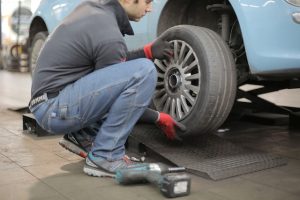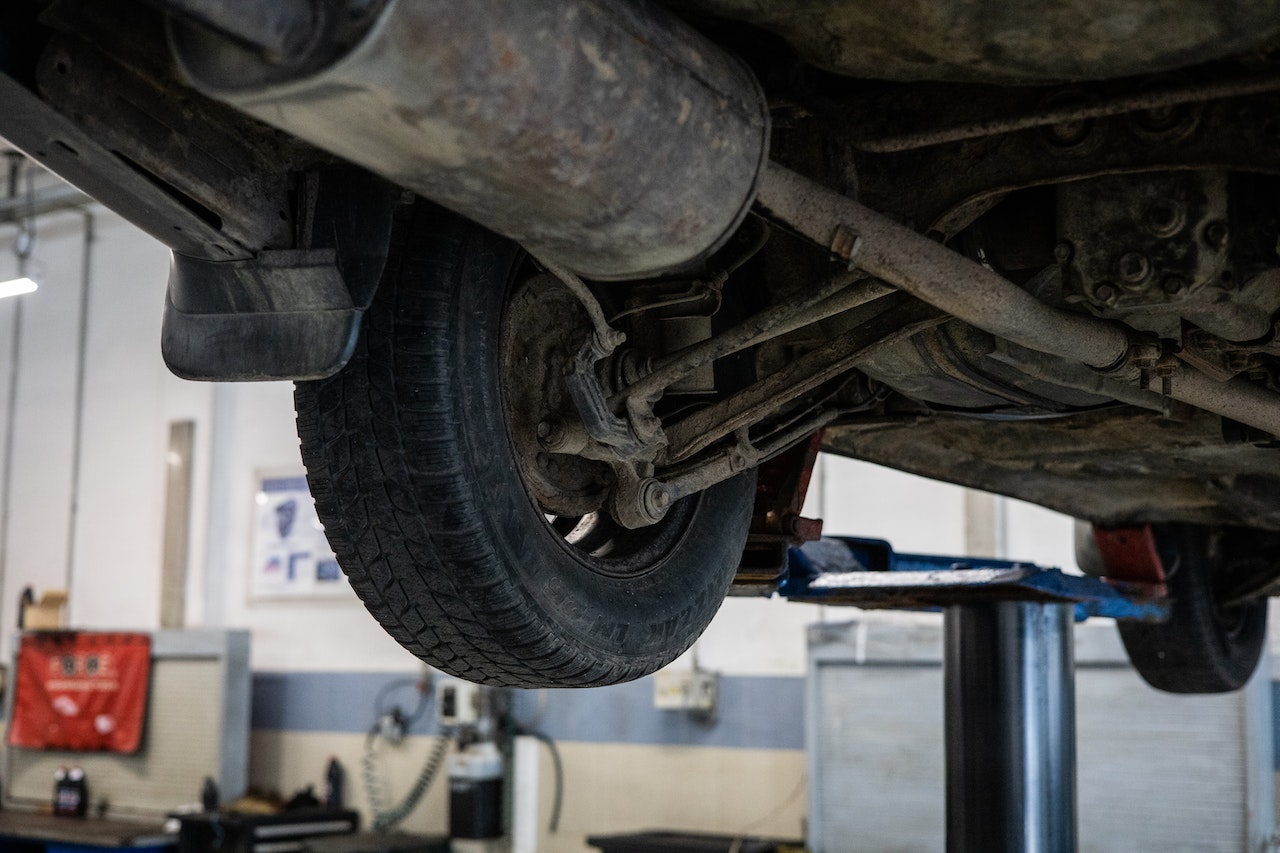Steering is one of the critical parts of any vehicle, which allows you to keep control and drive it in your desired direction. Regular inspection, care, and maintenance are quite essential to keep it in the proper working order. The reason is that it has various parts which can easily damage and affect its functioning and produce noise when driving.
Experiencing different kinds of noises when driving or braking the car is a norm, and applying lubricants to some parts, such as a tie rod, can solve this problem. However, continuous production of knocking or clunking sounds, even when driving at low speed, is a sign that your car has a damaged or broken tie rod. It can lead to the complete wearing or tearing of tie roads if ignored or not repaired timely.
What Are Tie Rods?
What is a tie rod on a car? It is the most buzzing question nowadays. These cylindrical tools are steel and play a crucial role in vehicle handling and driving. They are essential to join two parts of the vehicle and move it in the right direction. When a tie rod starts tearing due to multiple factors, it causes unusual noise during the drive.
Usually, they are durable and do not require any special treatment. However, once they start tearing due to poor care and maintenance, repairing or replacing them immediately is mediatory to avoid complete failure of the steering wheel. Moreover, the tie rod replacement cost is also very high. Therefore, immediate measures after noticing any unusual hearing from the front side of the steering are crucial.
Common Symptoms of Bad Tie Rods
Awareness of significant bad tie rod symptoms is crucial to fix this issue before it causes havoc to your vehicle and valet. Therefore, we are listed here some common signs or symptoms of damaged tie rods.
Steering Wheel Vibration
If you are experiencing massive vibrations in your steering system when driving or turning and face difficulties in controlling the wheel, your tie rods have some issues. You need to inspect and solve the problem immediately to avoid road accidents and complete failure of the steering system.

Losing Control
Tie rods are responsible for the alignment of the steering system and wheel to ensure the proper and efficient working of the car. When they start losing or tearing, it causes an unresponsive steering system and can lead to massive troubles if not addressed timely.

Uneven Tire Wear
When it comes to tire wear, most people link it to poor alignment and bad-quality tread. While a bad tie rod can also cause uneven wearing of tire tread and reduce its performance. If your vehicle tires are experiencing rapid tearing, you need to inspect the tie rods and fix them immediately.

Unusual Hearings
One of the most common and significant signs of bad tie rods is unusual hearings from the front side of the steering system. If you continuously witness knocking when turning or driving your car at low speed, you need to repair or replace them.
What Causes Bad Tie Rod?
Proper inspection and professional service are the only solutions to lousy tie rod problems. However, knowing the root cause of the problem and avoiding them can also help you to protect your tie rods and add to their longevity.
Some major causes of poor tie rods are listed below:
- Rusting due to improper cleaning.
- Lubricant leakage can also result in the early wearing of tie rods.
- Driving on extremely rough and bumpy roads.
- Rush driving or skipping maintenance after off-road thrill.
- Poor vehicle alignment.
How To Fix It?
Proper inspection, cleaning, and maintenance are the key components to keep your car tie rods in the right working order. However, once they start tearing, immediate measures are essential to avoid completely losing control of your vehicle.
The only permanent solution to eliminate bad tie rods and avoid massive damage is replacing both outer and inner tie rods. You can perform this task manually or call professionals. However, sending your car to a professional service center is the most reliable and economical solution to fix them. It will eliminate the risk of faulty connections, loose fitting, or any other problem in the vehicle and steering alignment.
Takeaway
After going through this guide, you will better understand the signs of a bad tie rod or ball joint and how to replace tie rod ends. You can use this information to inspect your vehicle and analyze the condition of your car tie rods. From tie rod purpose to signs of failure and possible causes to side effects, it will provide you with all the necessary information.
If you are experiencing all or any of the symptoms mentioned above, it’s a sign to check your vehicle or send it for a professional inspection to eliminate the issue before it expands or causes havoc.
Last Updated on May 2, 2023 by Umar Tanveer

Umar loves to write about Technology and Automotive.





